The cloth itself, however, we have thousands of examples of. We know what this cloth looked like, we can see, even today, the texture and quality of textiles that the early Norse women crafted. My patterning of garments is largely guesswork, but the cloth itself I can at least analyze and try to attempt to find textiles that bear similar visual qualities, including thread count. Of course, one can bring up the argument that there are still faults with this (such as wrong breed of sheep or improper width of yarn leading to a more dense or loose cloth than that of a specific period example). I still believe that studying the fabric yields us a wealth of information about dress in the past and can help us better reach the goal of more faithfully reproducing it.
One of the hardest things that I had to overcome (and I have mentioned this in past entries), is that notion that the Viking Era Norse were barbarians, that their craft was crude and clumsy. While that might be true in some areas, the wealth of extant textiles does not bear this out. There were fabrics, of wool, that had thread counts in excess of 150 threads per inch in the warp. That cloth was exceptionally fine, even by today's standard. A person of some status, who wore metal brooches and a string of beads, certainly did not garb herself in cloth as coarse as burlap.
Breaking those stereotypes should not stop with the fabric. Another example (again, something that I have discussed at length in this forum, in online groups and in my classes) is that other elements could, perhaps, reflect the same sort of refinement and quality as did the cloth.
Long have I pondered how the large, open, and often poorly wrought (I have too many examples of this on my own costume) Herringbone Stitch has made itself so prevalent in Viking costume.
I think part of this, has to do with some modern mentality of equating over-embellished design elements with wealth and status. We love to see miles of trim or stitching on costume, and see it as a perfected work, rather than one that is over-wrought. Interesting, I think, given that one of the staples of a modern woman's wardrobe is the rather understated, but always elegant, "Little Black Dress". Simplicity can often speak volumes in the modern wardrobe, but we often bypass that concept in costuming because it, like the concept of fine wool fabric, does not fit with our own internal visualization of the past.
To look again at the scant evidence for the Herringbone stitch, see below:
- Hedeby harbor has a textile fragment that is hemmed using a herringbone stitch. However, the herringbone is over the edge of the hem, and hence, that the part of the stitch we consider decorative was on the inside of the garment, with what would look like parallel rows of running stitch on the outside. (As described by Inga Hagg)
- The find 6-8 Pavement at York has a fragment of a hemmed garment that is worked in Herringbone. As with the Hedeby find, the herringbone is on the inside of the garment. (Cordage and Fiber from 16-22 Coppergate, by Penelope Walton Rogers)
- The Mammen cushion has a complex variant of very closely worked herringbone over a seam (you can see that here http://www.cs.vassar.edu/~capriest/vikembroid.html).
- The Skjoldehamn tunic has a stitch similar to that used at Mammen at the neckline. The issue with this one is that this find may or may not even be Viking and if it is, it seems to reflect a very different type of fashion than we find further south and that alone makes me leery of using it as a basis for embellishment on a Viking kit without further substantiating evidence. Beyond that, the tunic itself is dated post-Viking era. As with Mammen, this stitch is still much more narrow than reenactors use, and, again, it is more filled in. (http://www.ceilingpress.com/Resources/Nye%20tanker%20om%20Skjoldehamnfunnet.pdf )
So where did we go wrong with this?
I think the first fault lies in our own taste. In our own desire to make something "rustic" that fits in with our own misconceptions of the capabilities of these people, we opt for things that fit in with this ideal, but also that are simple enough for anyone to add to their attire. We also have this concept that "more stuff" means higher status.
The second issue is with the evidence, or rather, our misinterpretation of it. One of the most circulated articles online is one entitled "Viking Embroidery" by Mistress Thora Sharptooth. She has been a powerful inspiration in the SCA for digging deeper into Viking costume and textiles. She has a series of works posted on-line that I think most of us would give credit as the best aids we had when starting out. In her embroidery work there is a paragraph concerning the ornamentation of seams.
One additional type of embroidery that seems to have been practiced even before the Viking Age was the ornamentation of seams. This practice occurred in an earlier related context, on a seam from a seventh-century pillow cover from the Sutton Hoo textiles (Crowfoot, 422), possibly indicating a tradition of some antiquity in north Europe. In the ninth century, one of the Oseberg garment seams is oversewn in some sort of loop stitch with a thread used double (Ingstad, 92). In similar fashion, some of the ninth- and tenth-century Hedeby and Birka finds display corded or braided thread appliqué over the seams (Hägg 1984, 169). The tenth-century Mammen grave contained a wool cushion with embroidery over a seam (Hald, 282). The stitches used on the Sutton Hoo and Mammen finds are similar: both yield a thick, wide strip with a plaited appearance. But whereas the stitch used on the Sutton Hoo pillow was a complex interlaced variant of Vandyke stitch (see the figure on the left below, redrawn from Crowfoot), the stitch used on the Mammen cushion was simpler, a closely-worked variant of herringbone (see the figure on the right below, redrawn from Hald).
- Sutton Hoo - The author used this as a way to show possible evidence of a practice in Europe. Note though, that this is not evidence of Vikings doing this (it is not Norse and it is too early).
- Oseberg - The ring motif was used on a garment from the grave, but it does not, to me, appear to follow along a structural seam. Perhaps it followed the edge of a neckline? It is very unlikely that this followed something like the vertical seam of an aprondress (and even so, it is entirely unlike a herringbone stitch, in both form an execution for it to be considered valid evidence of that practice). The rings are delicate and well formed, not something I would class in the same category with an oversized herringbone stitch. I will note here that there is another small sample of embroidery from this grave that looks as though it could have followed a seam edge (or not), but it looks to be more akin to the type of work used at Mammen as it appears part of a larger decorative effort. Regardless, this item again, does not cover a seam, but might have followed a line of the garment if the shape of the fragment represents a shaped piece of cloth (rather than something that degraded into this shape over time).
- Hedeby and Birka - mentions cord and braid applied over a seam. Unfortunately, I cannot actually find anything that really shows cord applied over a joining seam. Rather, I have cataloged a number of uses of cord, braid or stitching used at the edges of a garment (where it can also serve an additional functional purpose of saving the edges from wear). The closest thing here that I see to our "seam embellishments" would be the braid laid over the darts at Hedeby. Once again, these are very different treatments than a herringbone worked over a joining seam (or on the outside of a garment in any fashion). The edge treatments can all be found at the site here. http://awanderingelf.weebly.com/blog-my-journey/viking-clothing-a-deeper-look-at-edges
- Mammen cushion - Finally, we see an actual seam treatment from the Viking age. This find is somewhat contested, as some researchers believe it to be an import (perhaps Saxon and from the same tradition as the Sutton Hoo cushion), while others see it as a local product. There are also small hats from the Netherlands that have similar stitching that are dated to the same time period. It has also been suggested that these hats might also be imported goods from the British Isles.
Putting the evidence into context is of paramount importance. Understanding something being referenced in that article is not necessarily proof that all of our notions of "seam embellishments" are documentable. It is absolutely not documentation that a standard Herringbone, or catch stitch, was ever used in such a manner either.
Looking deeper at the sources and meanings of each item is valuable as we move beyond beginner and progress on a journey as a costumer who is attempting to recreate the past.
My own opinion is that seams were likely not embellished. Not only due to lack of archaeological proof, but because of the time it would take to craft something that would make reuse of a textile less likely. It would be hard to take in that garment if it were so embellished. I often also see people citing that it "reinforces" the seams. Why then would you need to reinforce the seam of an aprondress (a garment that Hagg describes as only "slightly fitted"), when you are not taking time to sew that stitch around an armhole of a dress, or down the seam in the back of the sleeve at the elbow. Both of those areas are far more likely to break from stress than a side seam of a slightly fitted dress. Why not instead use these complex stitches (and the stitch from Mammen is indeed time consuming) on a functional textile such as the cushion cover that you will not need to alter, and that might possibly need the strength from the applied needlework?
Scale
And finally, I need to mention Scale, because I think a lack of understanding regarding scale is one of the main contributors to the reenactorism of "decorative herringbone". As I mentioned above, the only thing close to the reenactor's use of herringbone is the Mammen cushion cover. It is important to view that piece in proper perspective.
I think the single biggest perpetrator of the "herringbone seam embellishment" myth is a misunderstanding of that diagram (or rather, lack of understanding about its context). If indeed you were to opt to use this type of stitching, I think the only credible way to do so would be to apply it in the same manner of the original. While I personally do not think it would have been used over a dress seam, I can at least understand where the tradition stands historically and it reads as something that might be plausible for the Viking age.
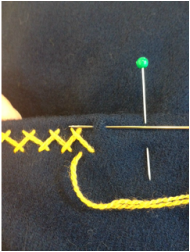
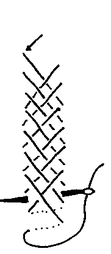
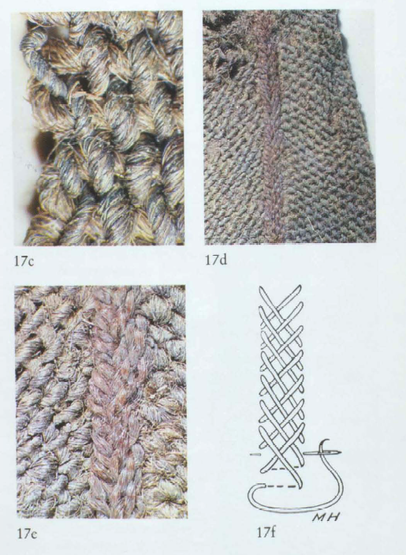
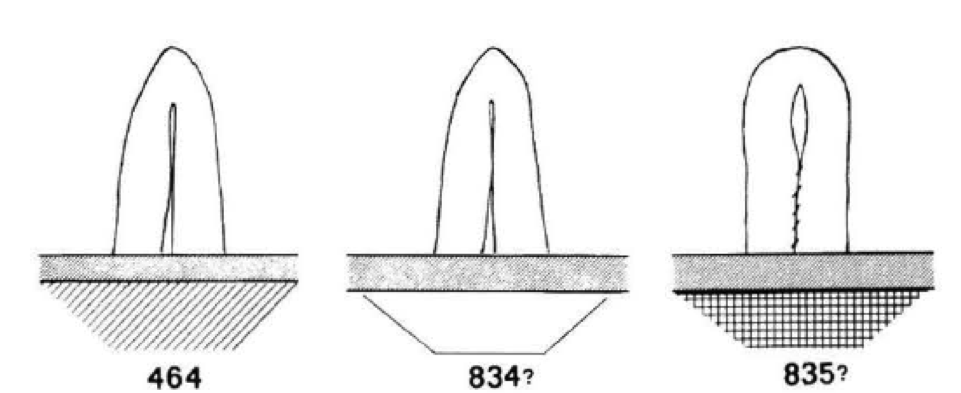
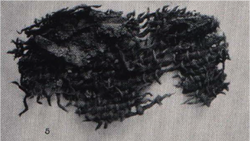
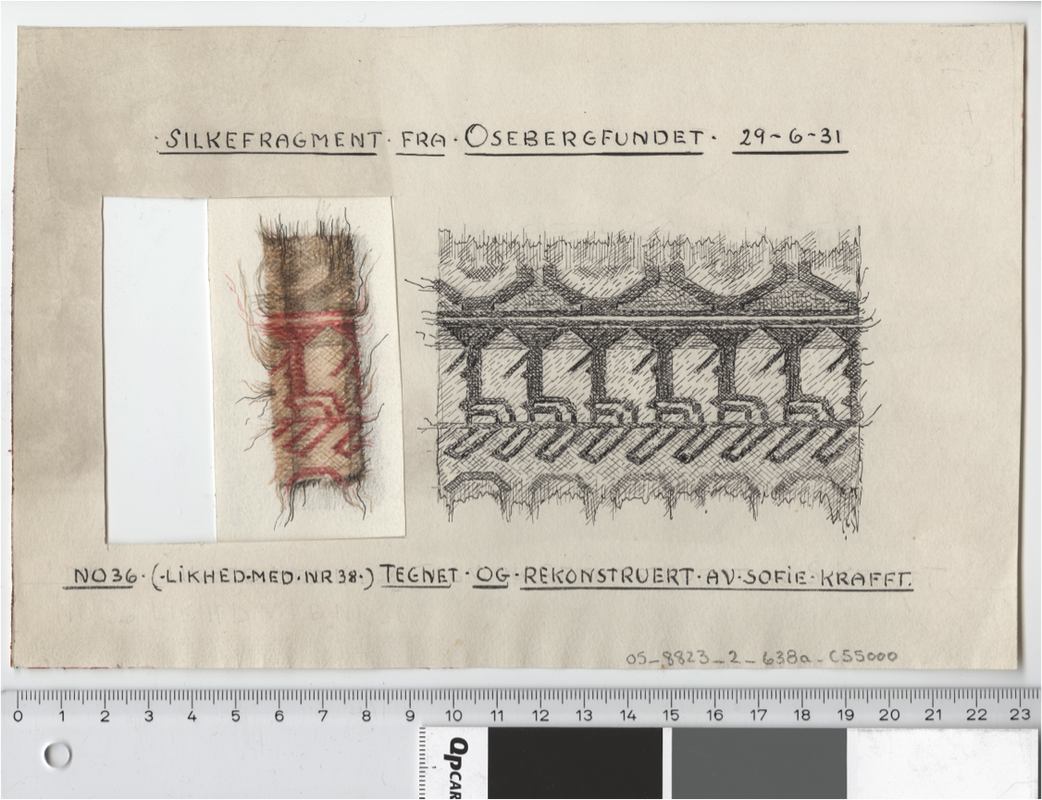
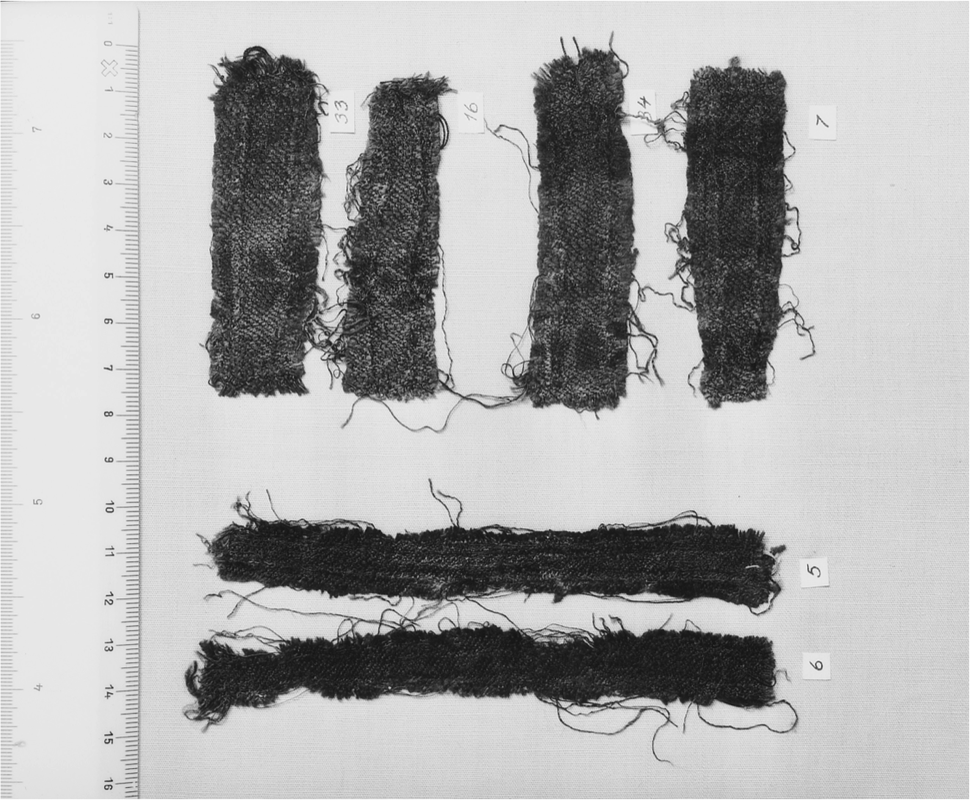
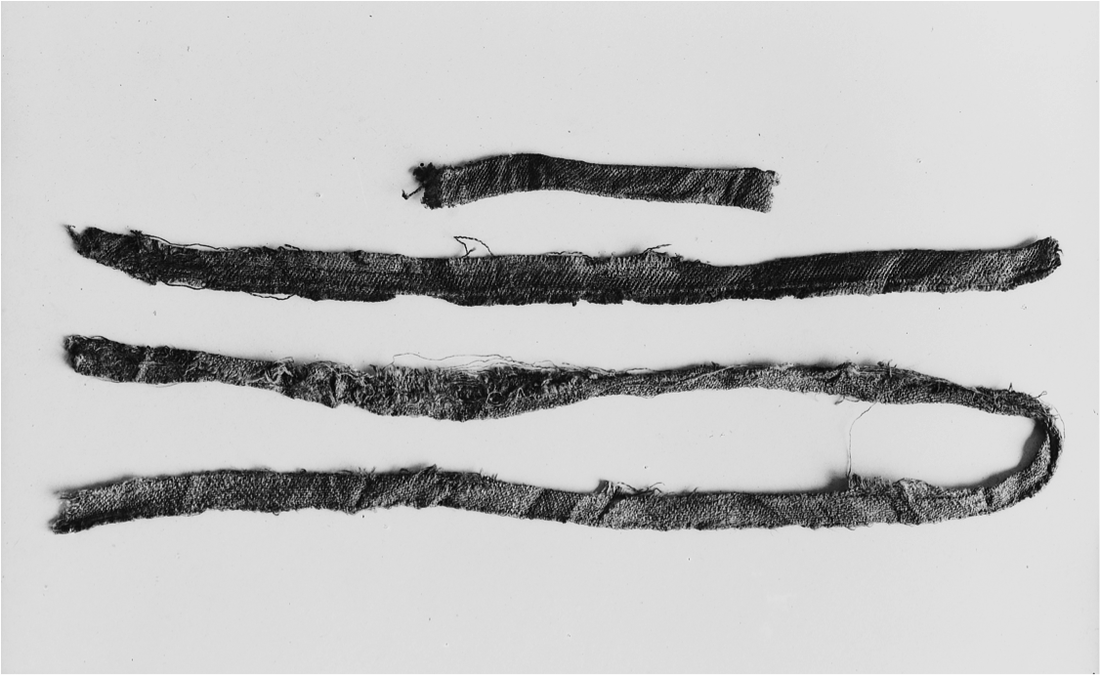
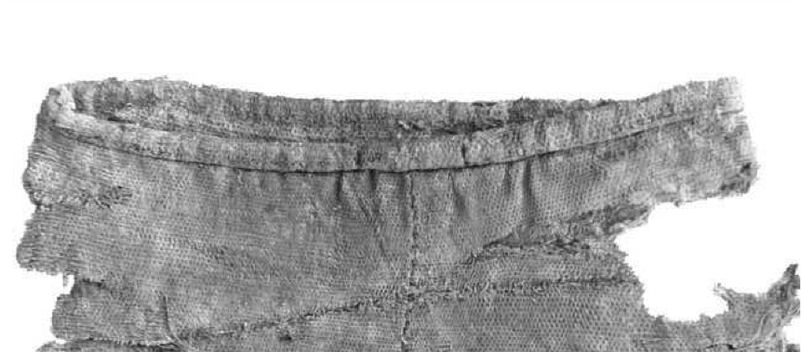
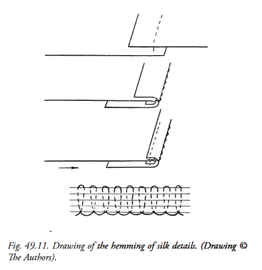
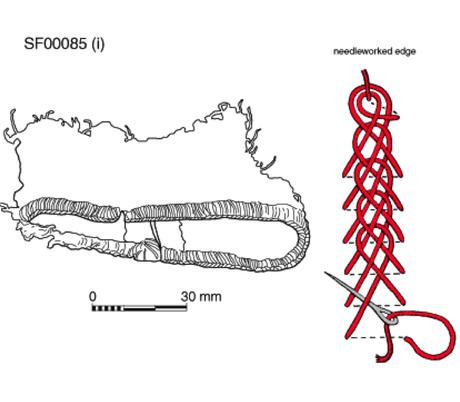
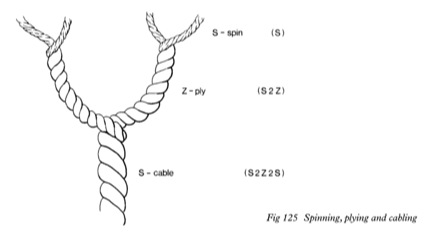


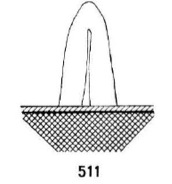
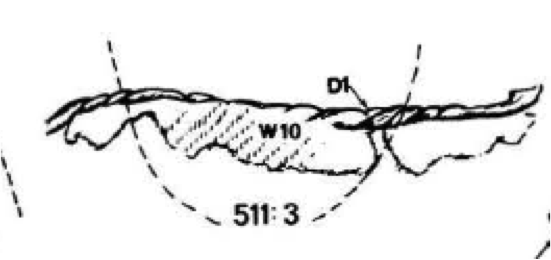
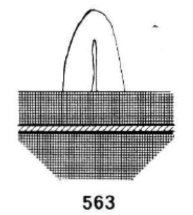
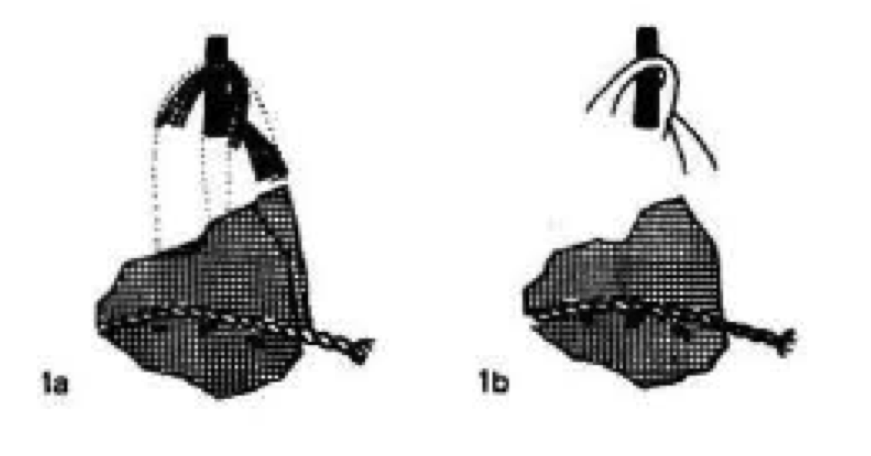
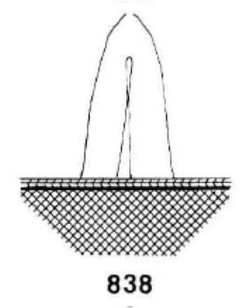
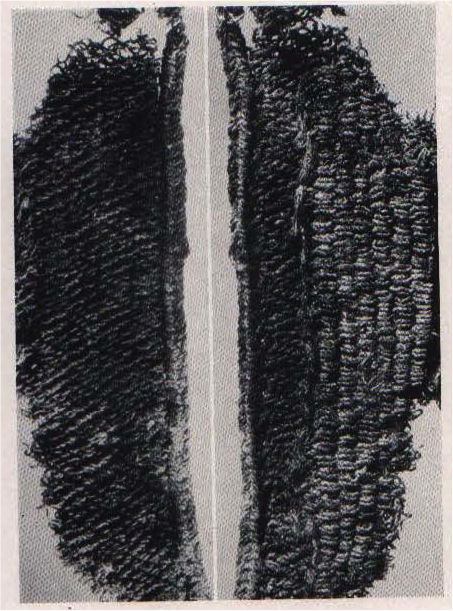
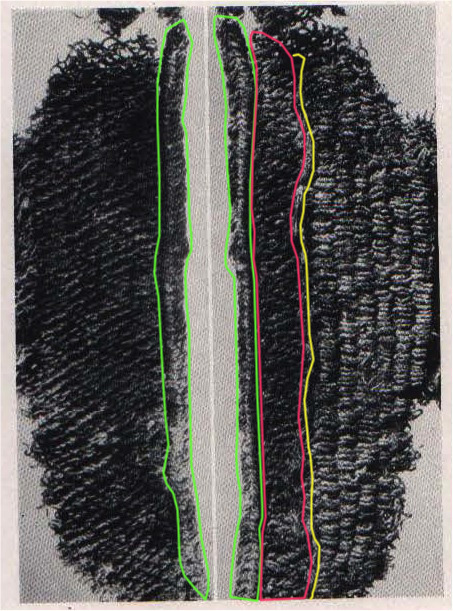
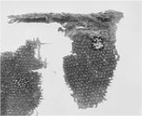
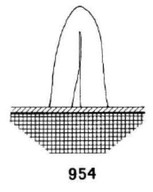
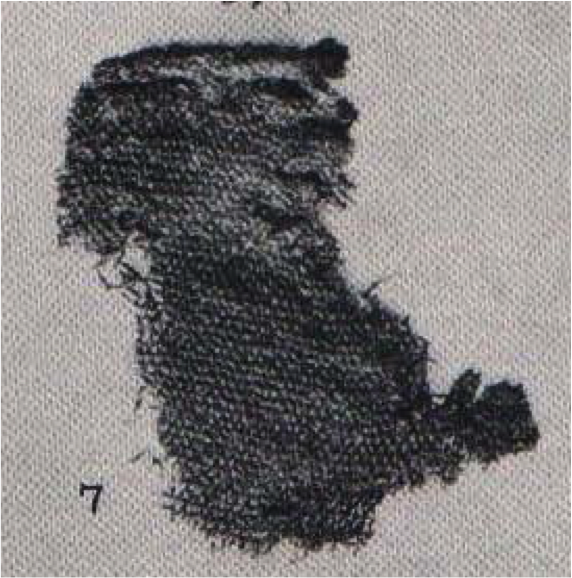
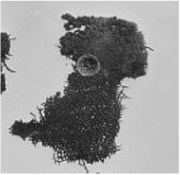
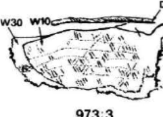
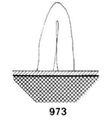
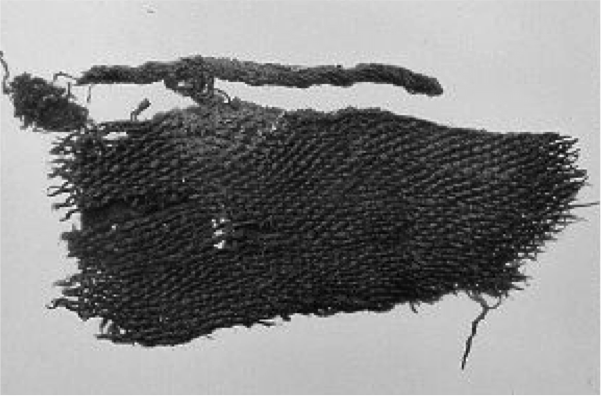
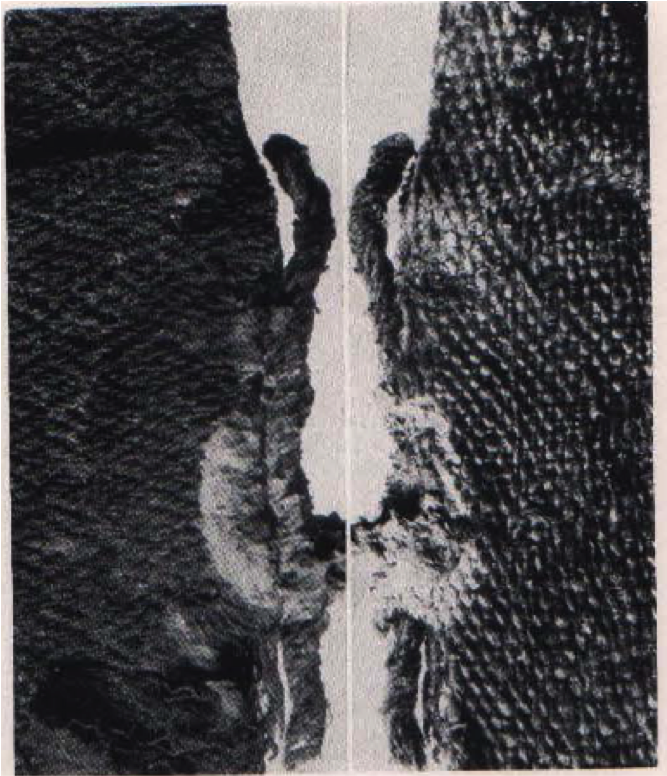

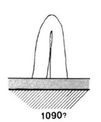
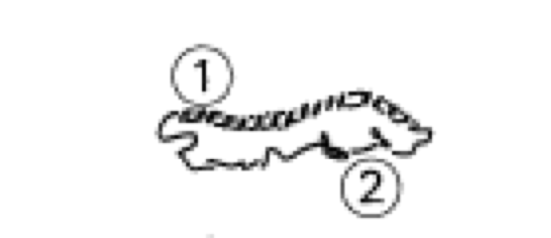
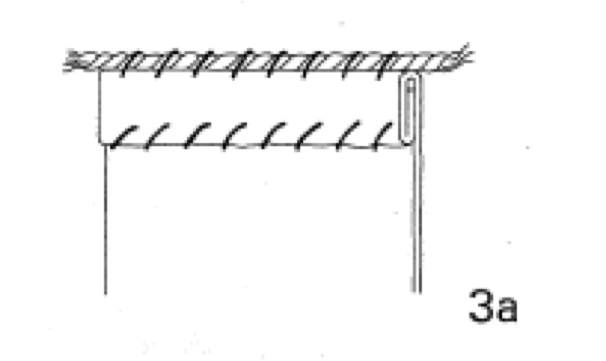
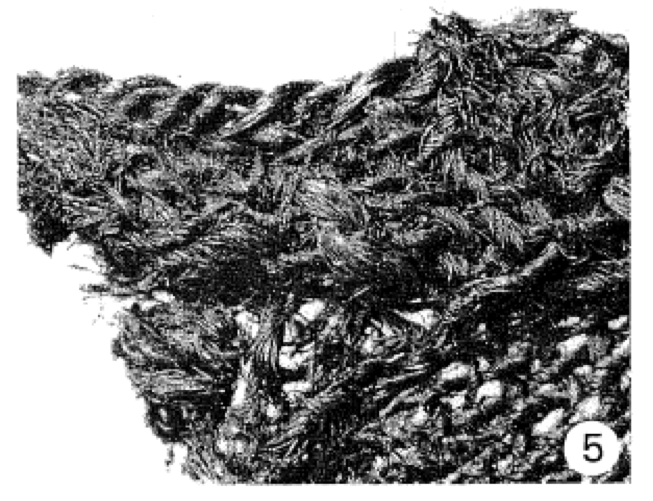
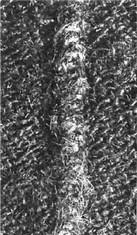

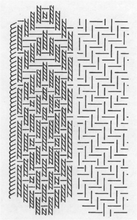
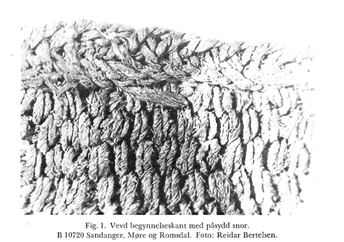
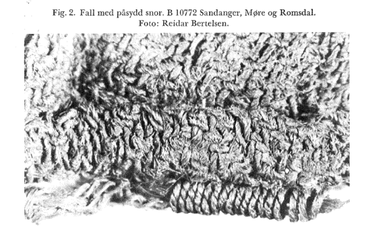
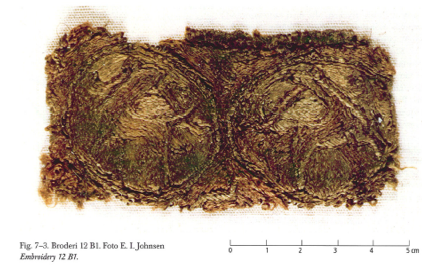
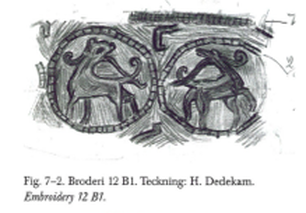
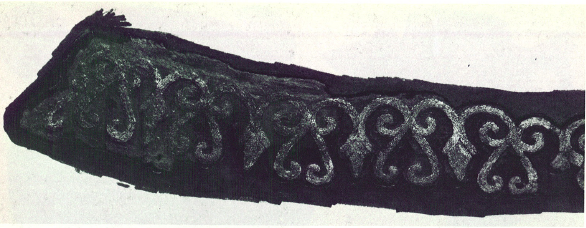


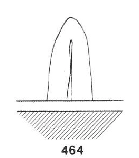
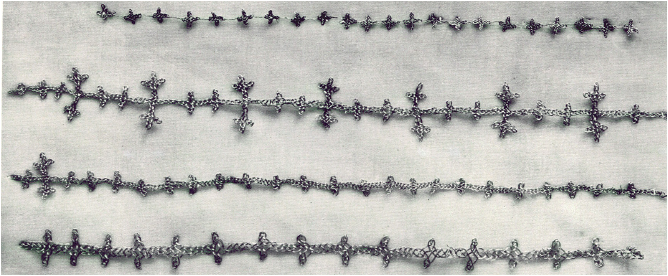
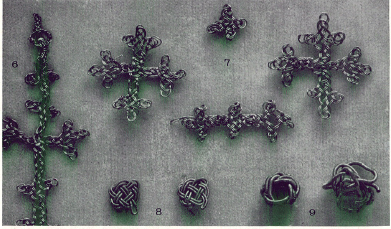
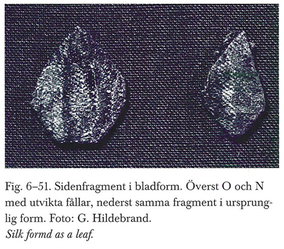




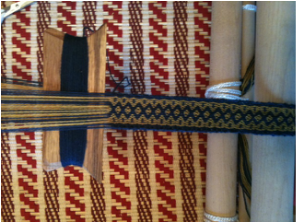
 RSS Feed
RSS Feed